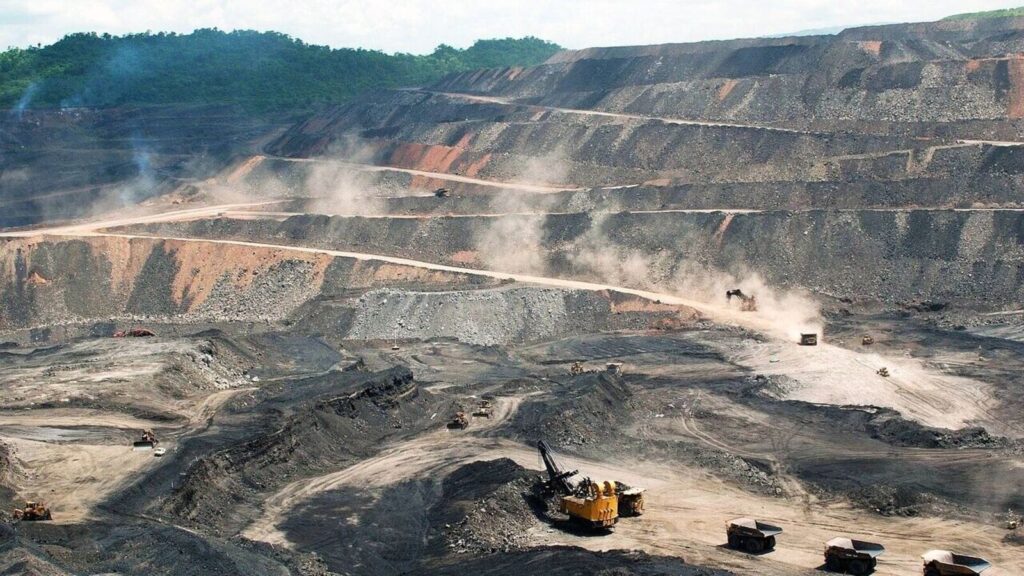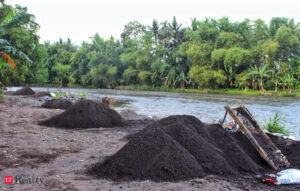Centre takes charge of mineral exploration licences as states falter

New Delhi: The Centre is set to take over the auctioning of exploration licences for critical and deep-seated minerals after states failed to attract junior mining companies to discover mineral resources in the country.
Exploration licence (EL) is being offered for the first time to attract specialised agencies to discover minerals in the country.
The Mines and Mineral (Development and Regulation) Amendment Bill, 2023, grants the Centre the authority to notify and auction ELs for 29 critical and deep-seated minerals. However, state performance has been lacklustre, unplanned and slow.
So far, out of 14 state governments that received the blocks for exploration licences, only six initiated the auction process for 12 blocks. Fragmented and uncoordinated auctions of EL by different states have resulted in a lack of response from dedicated exploration agencies.
“…the Central Government shall henceforth notify the mineral blocks and conduct their auction for grant of exploration licence,” an order issued by the ministry of mines said.
“Upon successful completion of the auction, the Central Government shall intimate the details of the preferred bidder in the auction to the state government and the state government shall grant exploration licence for such area to such preferred bidder in accordance with rule,” it added.
Also Read: Centre to digitize land acquisition process, to set up a dedicated portal, to speed coal mining
Critical minerals exploration
Last year, the Centre amended the MMDR Act to make provision for EL and composite licences where a concession could be granted jointly for prospecting and mining of mineral resources. Rights to auction EL for 29 minerals, including apatite, beryl beryllium-bearing minerals, cadmium-bearing minerals, copper-bearing minerals, diamond, gold, graphite, lithium-bearing minerals, nickel-bearing minerals, titanium, tellurium, tungsten, zirconium, were provided to the states. Another list of 24 critical and strategic minerals was taken for auction by the Centre for grant of composite licence and mining lease.
The idea for EL was to facilitate, encourage, and incentivize private sector participation in all spheres of mineral exploration for critical and deep-seated minerals. Private agency involvement in exploration was expected to bring advanced technology, finance, and expertise.
The amendment was expected to create an enabling mechanism and bring in expertise from across the world in geological data acquisition, processing and interpretation value chain and leverage the risk-taking ability for discovery of mineral deposits through adoption of expertise and technologies. It was also expected to provide a conducive legal environment for attracting foreign investment and junior mining companies in the country.
However, with each states starting auction of blocks in a fragmented manner, exploration entities decided to stay from participating in India’s mineral exploration push.
The exploration licence blocks are large in size and require specialised exploration agencies for operations. When exploration licence blocks are auctioned separately by different states, these specialised agencies, including international ones, have to approach and engage with different state governments to participate in auctions.
“Fragmented and uncoordinated auction of exploration licence blocks by different state governments may have resulted in a lack of response to the auction of exploration licence blocks by the state governments,” the mines ministry order said.
“As the blocks for exploration licence are being auctioned for the first time in the country, concerted efforts are required for generating requisite awareness as well as ease of participation in auction by prospective bidders for successful auction of the blocks.”
Two key factors can boost interest in exploration, said Rajnish Gupta, partner, tax and economic policy group, EY India.
“First, providing as much geological information as possible enables geologists to start their preliminary work, which is often a time-intensive process. Second, adopting a first-come, first-served system with clearly defined criteria for granting exploration licenses, a practice common in well-established mining countries like Canada, Chile, Australia, and Brazil, can also spark interest,” Gupta said.
This approach provides explorers with a healthy time incentive to conduct assessments swiftly. He added that tender processes are most effective where either a deposit’s presence is well-established or where there is already a high level of exploration interest.
Resource identification of critical and deep-seated minerals and their share in total mineral production are meagre at present. India is mostly dependent on imports of these minerals.
Deep-seated minerals such as gold, silver, copper, zinc, lead, nickel, cobalt, platinum group of minerals, diamonds, etc. are high-value minerals. It is difficult and expensive to explore and mine these minerals as compared to surfacial and bulk minerals. These minerals are extremely critical for new-age electronics, transition to clean energy (solar, wind, electric vehicles) as well as in traditional sectors, including infrastructure, and defence.
Catch all the Industry News, Banking News and Updates on Live Mint. Download The Mint News App to get Daily Market Updates.
MoreLess








